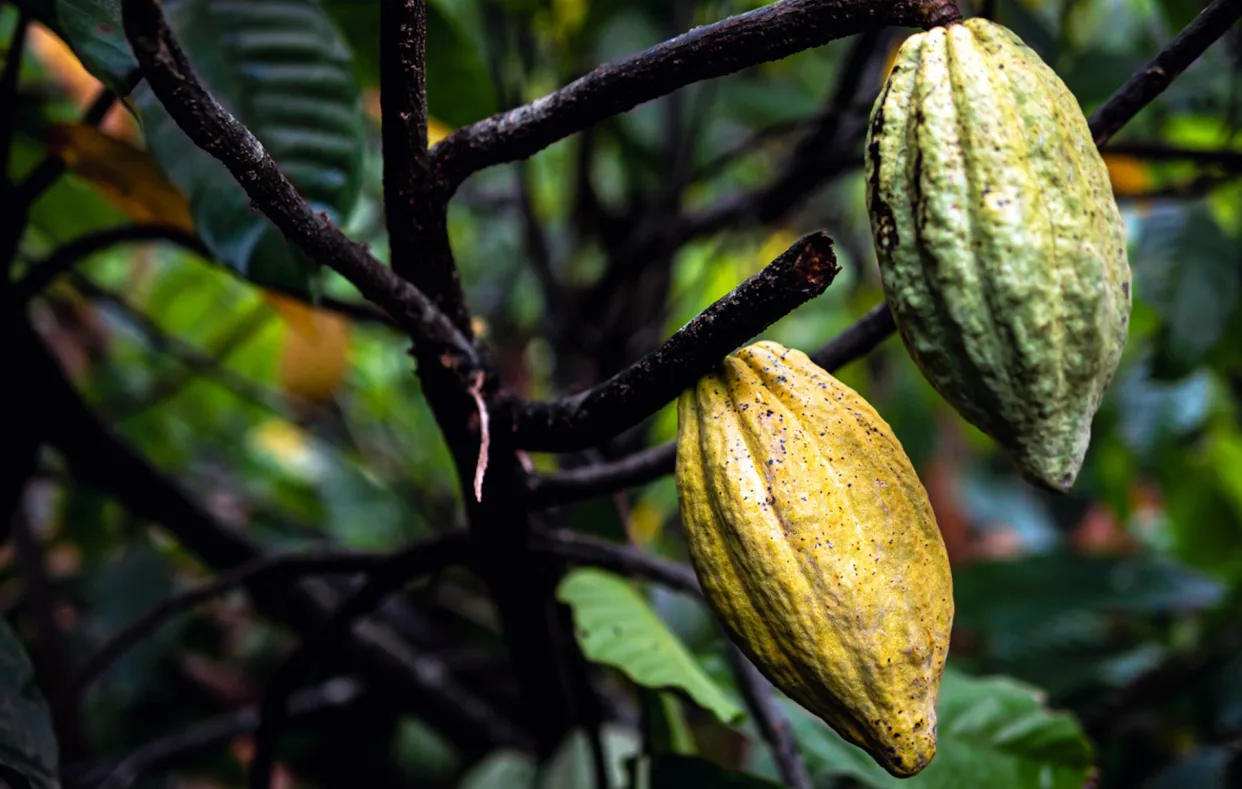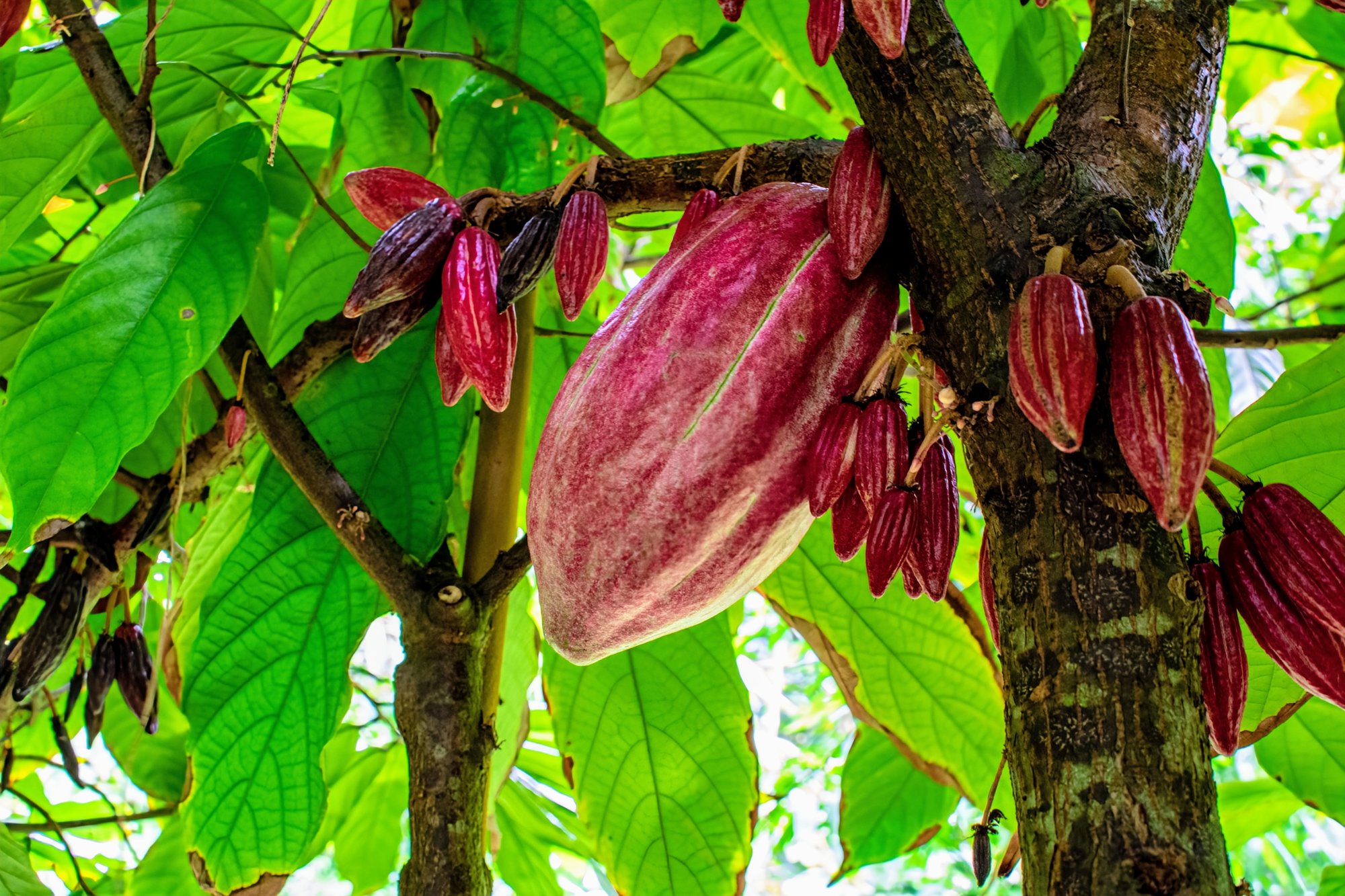A significant scientific discovery may lead to the development of more climate-resilient cocoa trees, ensuring the continued production of chocolate. Researchers have discovered three new cocoa species—Theobroma globosum, T nervosum, and T schultesii—in the South American rainforests.
These species belong to the Herrania plant family and are closely related to Theobroma cacao, the main species used in chocolate production.
Dr. James Richardson from University College Cork led the research team and emphasized the importance of cataloging the vast unknown biodiversity on Earth, highlighting the potential these new species hold for expanding the genetic resources needed to develop drought-tolerant or disease-resistant cacao trees.
The discovery of these new cocoa species is crucial as it offers a new understanding of plant biodiversity and opens up possibilities for improving chocolate production. Climate change poses significant threats to cocoa crops, and there’s a growing need to protect farmers’ livelihoods and the supply chain.
The cocoa industry faces challenges such as prolonged droughts, disrupted crop seasons, and rising raw material costs, leading to panic buying and skyrocketing cocoa prices. In response, the industry is exploring innovations, with startups investigating alternative ingredients and major brands diversifying into other confectionery products.

Researchers identified the three new cocoa species by analyzing samples from South American rainforests and comparing data from global botanical institutions. Theobroma cacao, native to Central and South America’s tropical regions, has unique botanical properties, including diverse flavors and pest resistance.
Its flowers bloom directly from its trunk and branches, a process known as cauliflory. This discovery is expected to foster collaborative research efforts among institutions, manufacturers, and brands to secure the future of chocolate production amid environmental challenges.
Dr. Matheus Colli-Silva from Royal Botanic Gardens Kew, UK, was part of the research team and explained that the discovery was made by examining preserved specimens in herbaria worldwide. His research, part of his PhD dissertation at the University of São Paulo, was conducted in collaboration with institutions in Ireland,
Colombia, and the US. Dr. Colli-Silva emphasized that the discovery was made possible due to extensive fieldwork by botanists, preservation of herbaria collections, and support for botanical research. Scientists now aim to sequence the genomes of T globosum, T nervosum, and T schultesii to identify genetic markers for desirable traits like drought resistance and disease tolerance.
According to Dr. Colli-Silva, while the traditional chocolate industry predominantly relies on Theobroma cacao, there are over 30 other species with similar fruits and seeds that could be explored for creating new forms of chocolate.
These species could potentially offer new flavors and products for the industry to consider. Expanding research, making new discoveries, and developing hybrid varieties could lead to more climate-resistant cocoa, ensuring a secure future for cocoa production.

